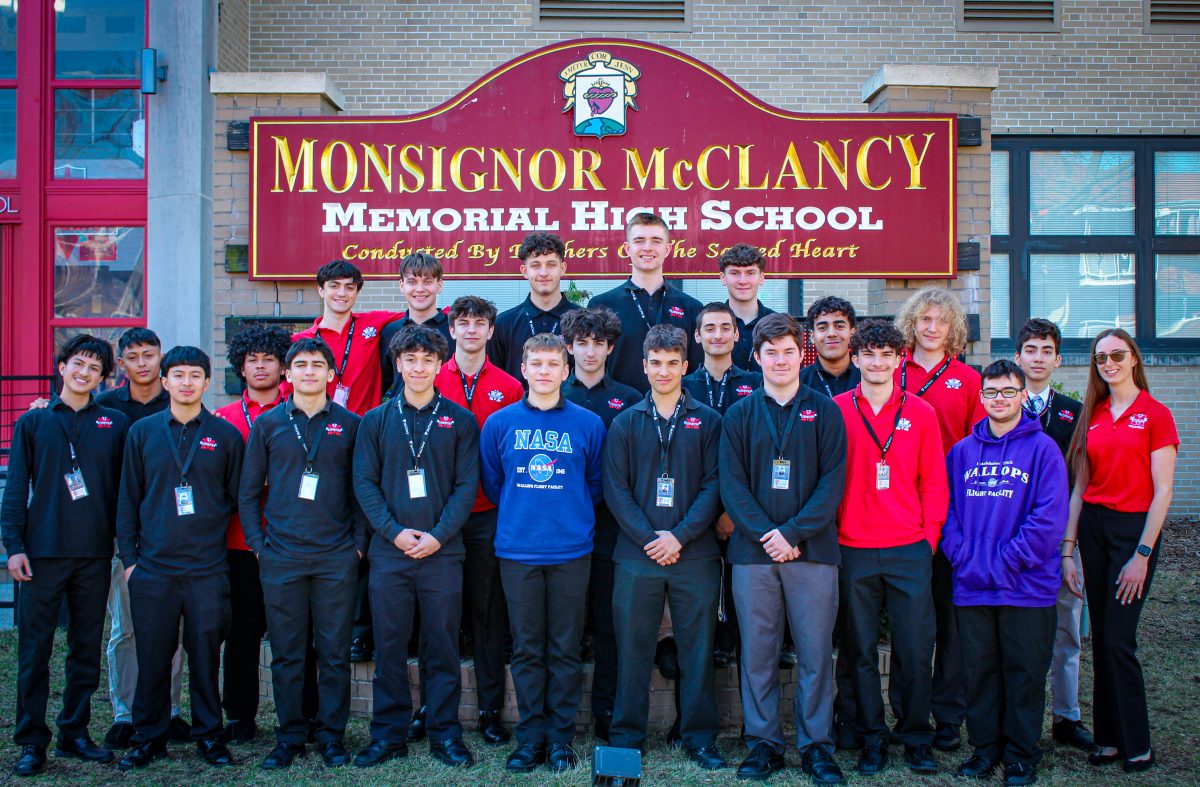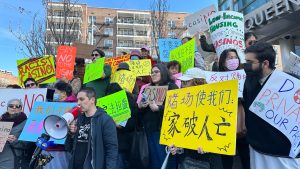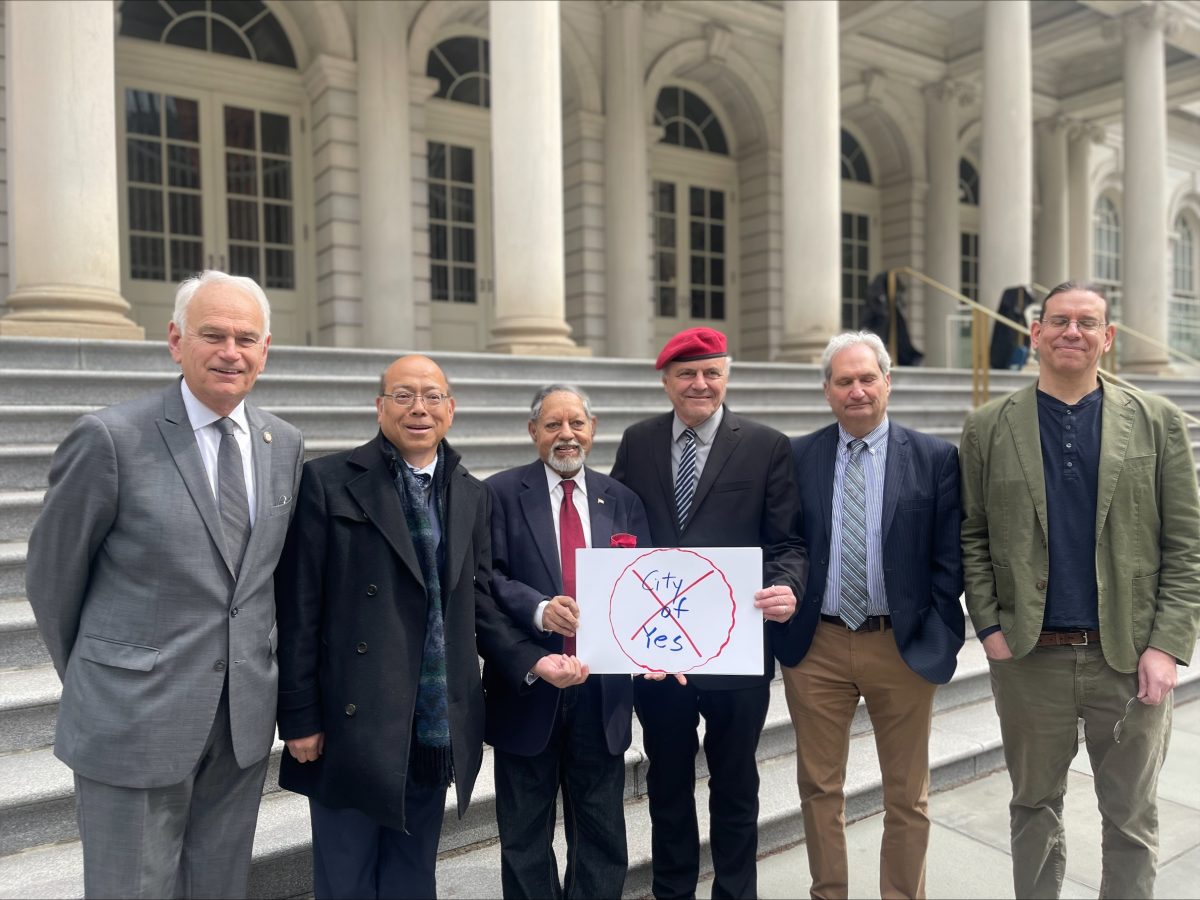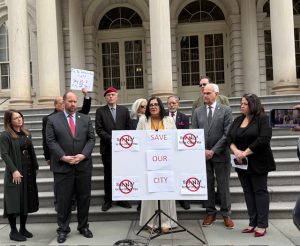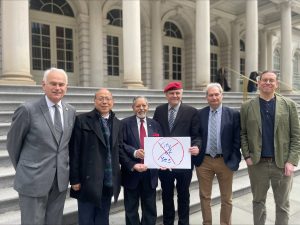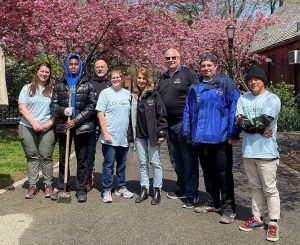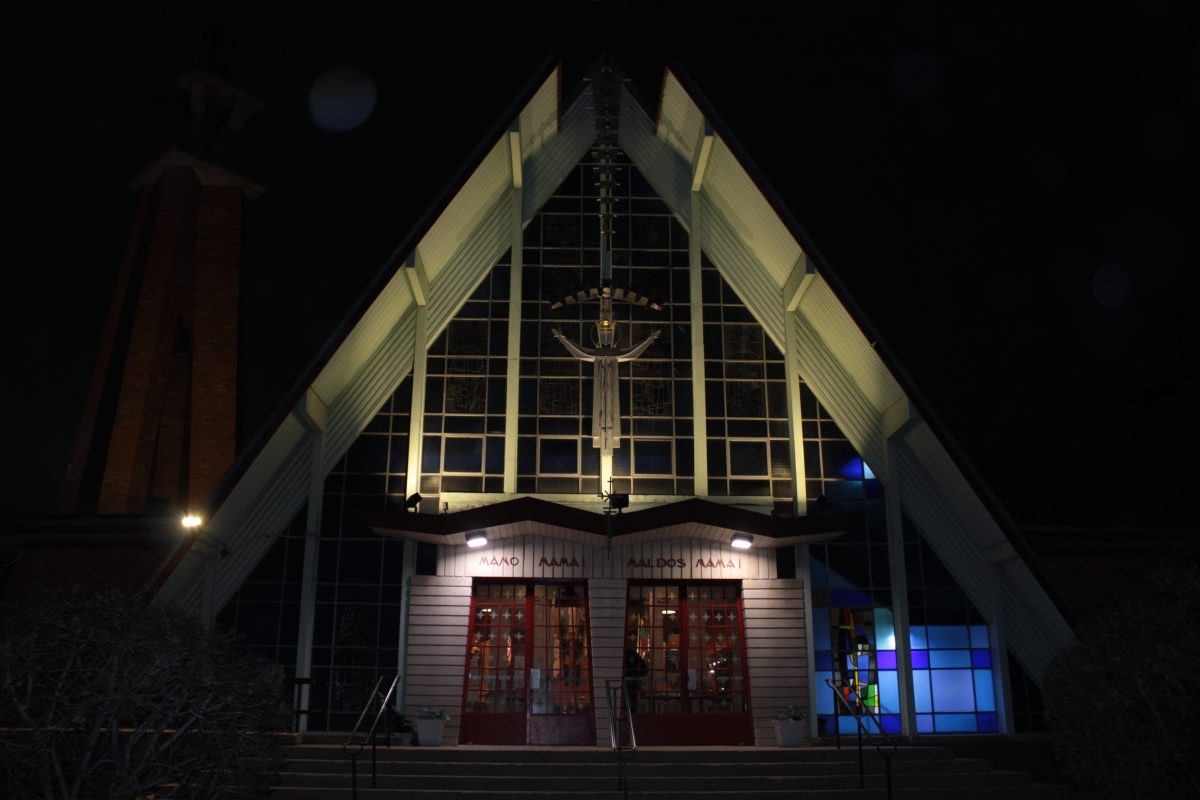Two NYPD Officers Indicted for Misconduct in Jackson Heights

By MOHAMED FARGHALY
mfarghaly@queensledger.com
Two probationary NYPD officers have been indicted on multiple charges, including
burglary, forcible touching, and official misconduct, following an investigation into
alleged misconduct while on duty in Jackson Heights.
Queens District Attorney Melinda Katz announced on March 31 that Justin McMillan,
27, and Justin Colon, 24, both assigned to the 115th Precinct, face eight criminal
counts related to incidents that occurred on July 19 and 20, 2024. According to the
charges, the officers responded to a 311 call regarding prostitution at a residential
building on 89th Street.
Upon arrival, the officers allegedly deactivated their body-worn cameras before
interacting with a woman who had just exited the building. The officers are accused
of taking a key from the woman, which they used to return to the building hours
later.
Around eight hours later, McMillan and Colon allegedly entered the building using
the stolen key. Inside, they found a woman engaged in prostitution. After the man
involved fled the scene, McMillan is accused of stealing money from the woman’s
purse and groping her before she fled the location and called 911.
The officers did not report the incident or file any paperwork related to their
actions, and both were placed on modified duty in August 2024 after the
investigation began. They surrendered to the NYPD’s Internal Affairs Bureau (IAB)
on Monday.
District Attorney Katz condemned the officers’ alleged actions, stating that the
charges represented a serious breach of public trust.
“The allegations in this case are an affront to the shield worn by the countless police
officers who serve and protect the residents of this city,” Katz said. “The defendants,
both sworn NYPD officers, are accused of using their authority to break into a
building, steal money and forcibly touch a woman while on duty, with their body-
worn cameras intentionally turned off so that their misdeeds would not be
recorded. I thank the NYPD’s Internal Affairs Bureau for their crucial assistance in
bringing charges against the two defendants, both of whom are now indicted and
face justice in our courts.”
NYPD Commissioner Jessica S. Tisch also spoke out against the officers, emphasizing
the department’s commitment to holding officers accountable.
“Wearing the uniform of a New York City Police Officer is one of the highest
privileges in law enforcement, and the legitimacy of that work is based on the
public’s trust,” Tisch said. “So, when that trust is broken, as it was in this case, the
entire police department must answer for it. I want to thank the NYPD’s Internal
Affairs Bureau, the Queens District Attorney’s Office, and everyone else who worked
on this investigation. We hold our officers to the highest standard of professionalism
and integrity, and failing to meet that standard is disqualifying. Let me be perfectly
clear: Any officer who violates their oath will be investigated, exposed, and held
fully accountable. That standard will never change.”
McMillan and Colon face charges of burglary in the second and third degrees,
forcible touching, petit larceny, and official misconduct. If convicted of the top
charge, they could each face up to 15 years in prison.
Both officers were arraigned Monday and are due back in court on April 28. The
case is being prosecuted by the Queens District Attorney’s Office, with Assistant
District Attorney Christine Oliveri leading the prosecution.
McMillan, who joined the NYPD in April 2023, and Colon, who joined in July 2023,
were both stationed at the 115th Precinct after completing their training.
Former area councilmember and senator Hiram Monserrate expressed shock at the
indictment of two local NYPD officers, Justin McMillan and Justin Colon, who are
accused of using their authority to break into a building, steal money, and forcibly
touch a woman while on duty. Monserrate criticized the officers’ actions, which
allegedly took place on Roosevelt Avenue in Jackson Heights, emphasizing the
disturbing erosion of trust in law enforcement due to the officers’ alleged
misconduct. He acknowledged that many local officers perform commendably but
stressed the need for integrity and accountability within the department.
“While we respect the presumption of innocence in our
judicial system, everyone is accountable before the law,” Monserrate said in a
statement. “This indictment will serve only to erode trust. I know many of our local
officers and I know they do great work, but this revelation is chilling. We need our
police officers to step up and for the Police Department to ensure integrity.”
Monserrate also highlighted the ongoing issues of prostitution and human
trafficking on Roosevelt Avenue, including frequent complaints about brothels and
street walkers in the area. He noted the community’s efforts to address these
problems through marches, rallies, and press conferences but stressed that the
situation remains a serious concern.


